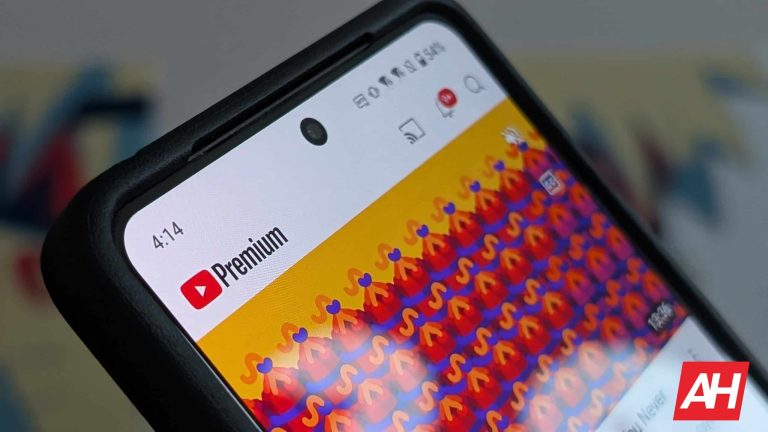YouTube’s video player is one of the easiest tools for publishers to use. Embedding a video can be as simple as copying and pasting a link, which is pretty convenient. However, it seems that the company has quietly made a change to how the player works on third-party websites. Users and big media have noticed this year that YouTube degraded the experience with video embeds.
Videos embedded using YouTube Player for Publishers no longer link to YouTube
Usually, video embeds in websites allow you to open the video player on the YouTube website by clicking on the video name. If you’re on a smartphone, tapping on the video name takes you to the YouTube app. The other alternative is to click on the embedded video to start playback directly from the third-party website.
Following changes made by YouTube earlier this year, videos embedded through the YouTube Player for Publishers—or PfP—no longer allow you to jump to the YouTube website by clicking or tapping on the video name. Even the “YouTube” branding has disappeared from videos that use PfP. While you can still play the video directly from the external website, it gives the impression that the link is broken.
For some context, YouTube allows embedding videos in two ways. Publishers can use the traditional player, or they can use PfP. The PfP one offers publishers greater control over ad rates, allowing them to potentially generate more revenue per view. On the other hand, the traditional player allows YouTube to take a bigger slice of the pie, but still supports the features described above.
Degraded video embeds protect YouTube and its partners
Mariana De Felice, a YouTube spokesperson, revealed to The Verge the reason behind it all. Apparently, YouTube wants to avoid another “Adpocalypse” that drives away its advertisers. When publishers use PfP, YouTube has no visibility or control over the ads in the video. That means that in some cases, inappropriate ads can sneak in. No brand really wants to be associated with YouTube if such an ad starts appearing.
So, to protect both its partners and its own business, YouTube is removing elements that link the video embedded to its platform when the publisher resorts to the PfP. This includes both YouTube branding and the option to open the website or app from the video title. Basically, videos embedded via PfP only relate to YouTube in that the content is uploaded to the platform.
A measure that is here to stay
According to The Verge, YouTube CEO Neal Mohan confirmed to them that the change is here to stay. The platform has no plans to return to the old behavior where videos embedded via PfP linked to YouTube too.
While YouTube’s reasons are understandable, the move degrades the video embedding experience for both publishers and readers. Now, publishers will have to choose which player is best for them to use.
Hello, sobat pengemar slots pernahkah mendengar semboyan “slot demo”? Kalau tidak, bersiaplah jatuh cinta sama program ini. raja slot merupakan mesin slots yang sering kasih kemenangan. Yup, mesin-mesin ini bisa dikatakan sebagai jagoannya tuk membawa pulang cuan. any way, cemana sih caranya jumpain raja lot yang benar? Santai Bro, kita bahas {santai|tenang] saja di tempat ini
Game tergacor waktu ini hanya satu di Indonesia yaitu pasti menyediakan return terbaik



